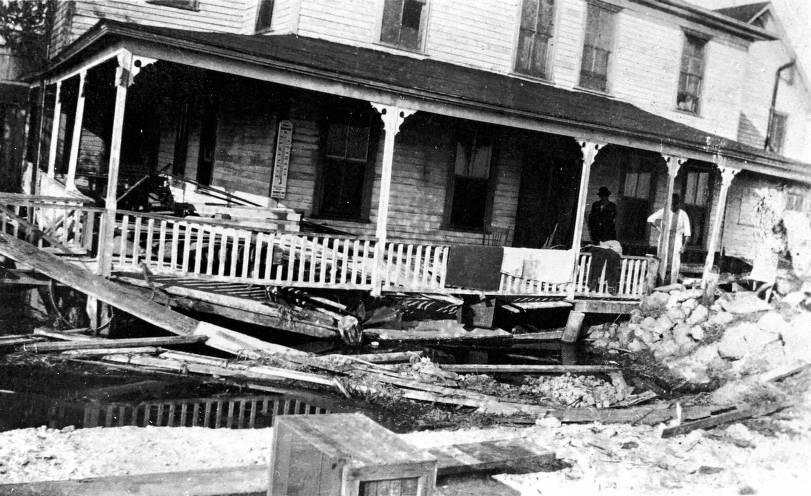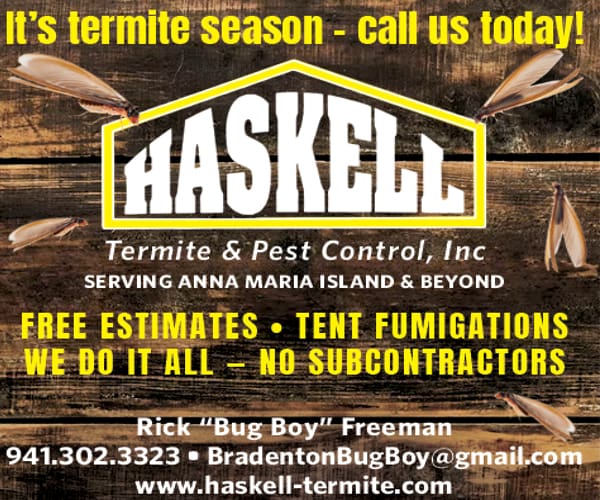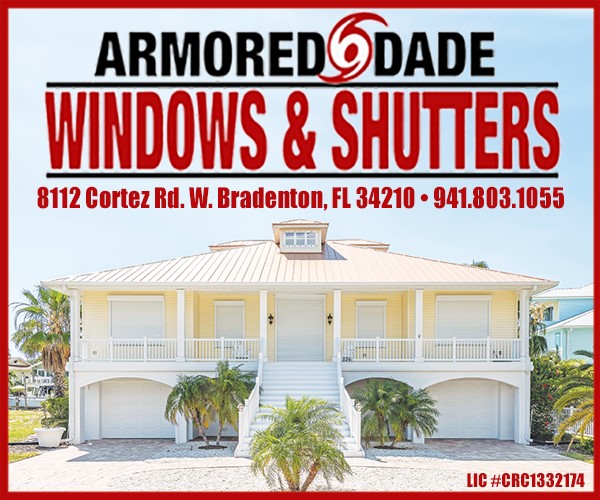CORTEZ – It was 100 years ago this month when a handful of people at the Albion Inn heard an announcement on the only radio in the fishing village about a big blow coming.
Across the bay to the west, the few residents on Anna Maria Island – which had been settled only 28 years earlier – had to rely on ferry service to get to safety on the mainland, as the first bridge from Cortez to the Island was still under construction.
On the night of Oct. 23, a telegram arrived at the Albion Inn, which also housed a community store and post office, warning of a storm approaching.
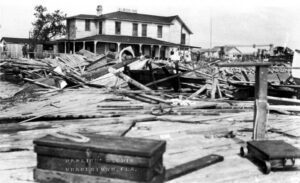
On Oct. 24, the news got worse. “Key West to Apalachicola. Increasing winds and gales and hurricane velocities along the coast. Emergency: warn all interests,” the National Oceanic and Atmospheric Administration alert said.
By the morning of Oct. 25, Cortez was underwater, five feet deep at the docks, according to a Bradentown Herald newspaper report, which apologized for the paper being a day late “on account of the power being turned off Tuesday and Wednesday.”
Nothing was left standing, except the Albion Inn and the red brick Cortez schoolhouse, built nine years earlier at an elevation slightly higher than sea level.
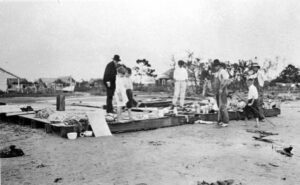
“It was a 100-year storm, and we expect another one. I never say ‘if,’ but ‘when,’ ” said Mary Fulford Green, of the Cortez Village Historical Society.
Green, 96, lived vicariously through the storm in the stories of her family, including her grandfather, who was out fishing when the weather started, and hurried home to tie up his boat to the first thing on land he came to – a church – just in time to escape the worst of the storm.
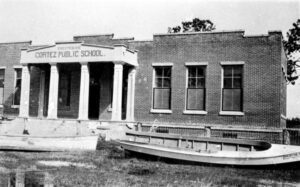
Green’s cousin, Doris, was 6 years old when the storm hit. In her book, “Fog’s Comin’ In,” Doris Green recalled that she saw houses and boats floating by their Cortez home, the village’s first schoolhouse. The whole family piled into a skiff just before their house floated off its pine pier foundation. They headed for the new Cortez schoolhouse, where several of their neighbors had already tied their boats to the railing outside and taken shelter. Green remembers her former neighbor, Luther Guthrie’s mother, telling her she had to wade in waist-deep water to carry him to a boat to take him to the schoolhouse.
When it was over, one newspaper headline screamed: “Death Rides on Winds,” reporting that eight people in the Tampa Bay area were killed, but none were from Cortez.
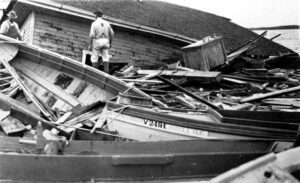
The hurricane cost the Albion Inn’s owner, Joe Guthrie, $15,000 in damages with the loss of the store, dock, fish house and boats, according to the Herald.
Fishermen lost a favorite fishing ground, Passage Key in Tampa Bay, which was leveled. And the first bridge from Cortez to Bridge Street on Anna Maria Island had been destroyed by the storm while still under construction.
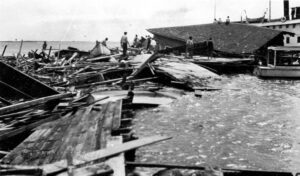
If a hurricane like the 1921 storm hit Anna Maria Island today, “Some have said the fragile barrier island would have so many passes cut through it that it would be unrecognizable,” Green wrote in her book.
The Cortez schoolhouse still stands at 119th Street West and Cortez Road, and is now the Florida Maritime Museum. The Burton/Bratton store – all that’s left of the 1890s Albion Inn – was relocated to the museum grounds in 2006 by the Cortez Village Historical Society and the Organized Fishermen of Florida.
According to the Florida Maritime Museum’s current exhibit, “Caught in the Storm: 100 Years of Florida Hurricanes,” the 1921 hurricane produced 11 feet of storm surge. In comparison, Hurricane Andrew in 1992 created 17 feet of storm surge.
A hundred years ago, hurricanes didn’t have names or categories, but today, the storm – which made landfall in Tarpon Springs on Oct. 25, 1921 – would have been designated a Category 3, with 115 mph winds.
Of the 20 named storms so far this Atlantic hurricane season, four have been major hurricanes, according to the National Hurricane Center – Grace (125 mph), Larry (125 mph), Ida (150 mpg) and Sam (150 mph).
While no hurricanes are heading this way on the radar at the moment, more than 60% of hurricanes that make landfall do so after the peak of the season in September. The season lasts from June 1- Nov. 30. See The Sun’s hurricane guide for what to do if one approaches.















